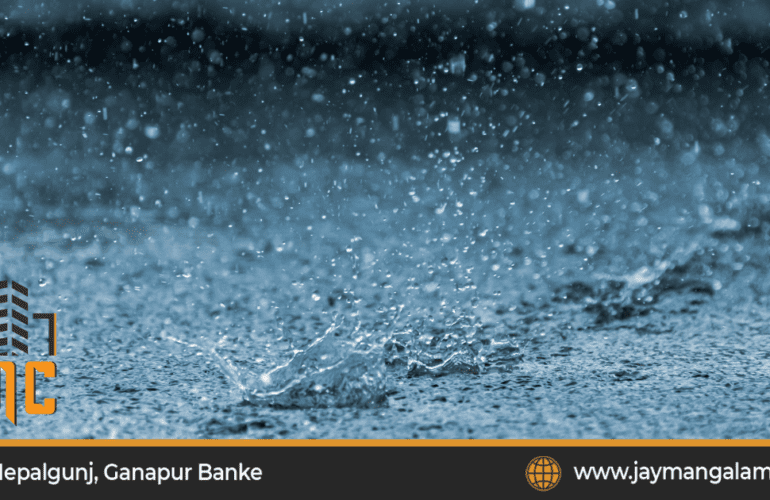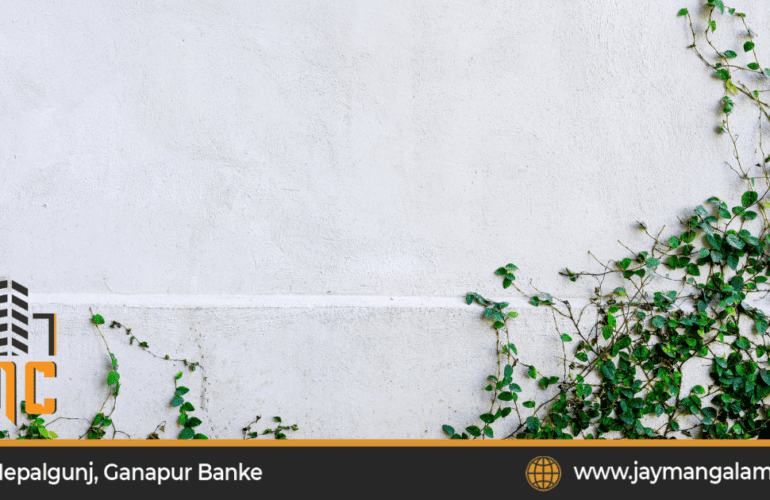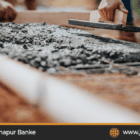Safeguard Your Cement: Essential Care Tips for Rainy Season
Tips for rainy season regarding cement care. As the monsoon season approaches, it’s crucial to understand how to protect your cement from the damaging effects of rain. At Jay Mangalam Cements, we’re committed to providing high-quality cement products and dedicated to helping you maximize their longevity and performance. Here are some essential care tips to safeguard your cement during the rainy season.
Tips for rainy season
Store Cement Properly
The first step in protecting your cement from rain is proper storage. Cement bags should be stored off the ground on wooden planks or pallets to prevent moisture absorption from the floor. The storage area should be dry and well-ventilated to avoid condensation. Store cement bags indoors or under a waterproof cover to protect them from direct rain if possible.
Use Waterproof Packaging
If you’re storing cement bags outside, consider using waterproof packaging. This could be as simple as wrapping the bags in a heavy-duty plastic sheet. Ensure the packaging is secure and has no holes or tears that could let in water.
Check for Lumps
Before using cement, check for lumps. These are often signs that the cement has been exposed to moisture and may not perform as expected. If you find lumps, it’s best to discard that cement and use a new bag.
Mix Only What You Need
During the rainy season, mixing only the amount of cement you need for immediate use is best. This prevents the cement mix from being exposed to rain and becoming unusable.
Protect Fresh Concrete
Freshly poured concrete is vulnerable to rain. If rain is forecasted, cover the concrete with a waterproof sheet or tarp to protect it. If rain falls on fresh concrete can weaken the mixture and compromise its strength and durability.
Use Jay Mangalam Cements
At Jay Mangalam Cements, our products are designed to withstand the challenges of the rainy season. Our cement offers superior binding strength and durability, making it the ideal choice for construction projects during the monsoon.
Remember, prevention is the key to safeguarding your cement during the rainy season. Following these tips ensures that your cement remains in top condition, regardless of the weather. Trust Jay Mangalam Cements for quality products and expert advice to help you navigate construction challenges during the rainy season.





